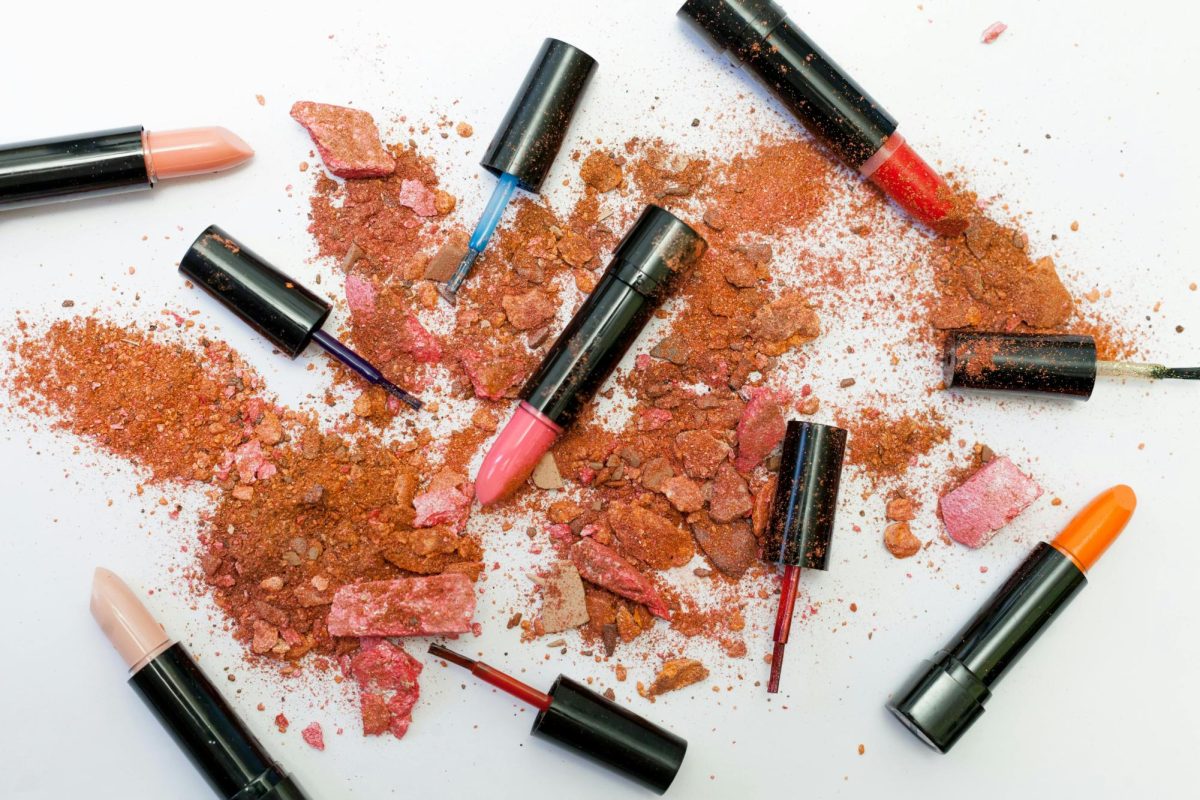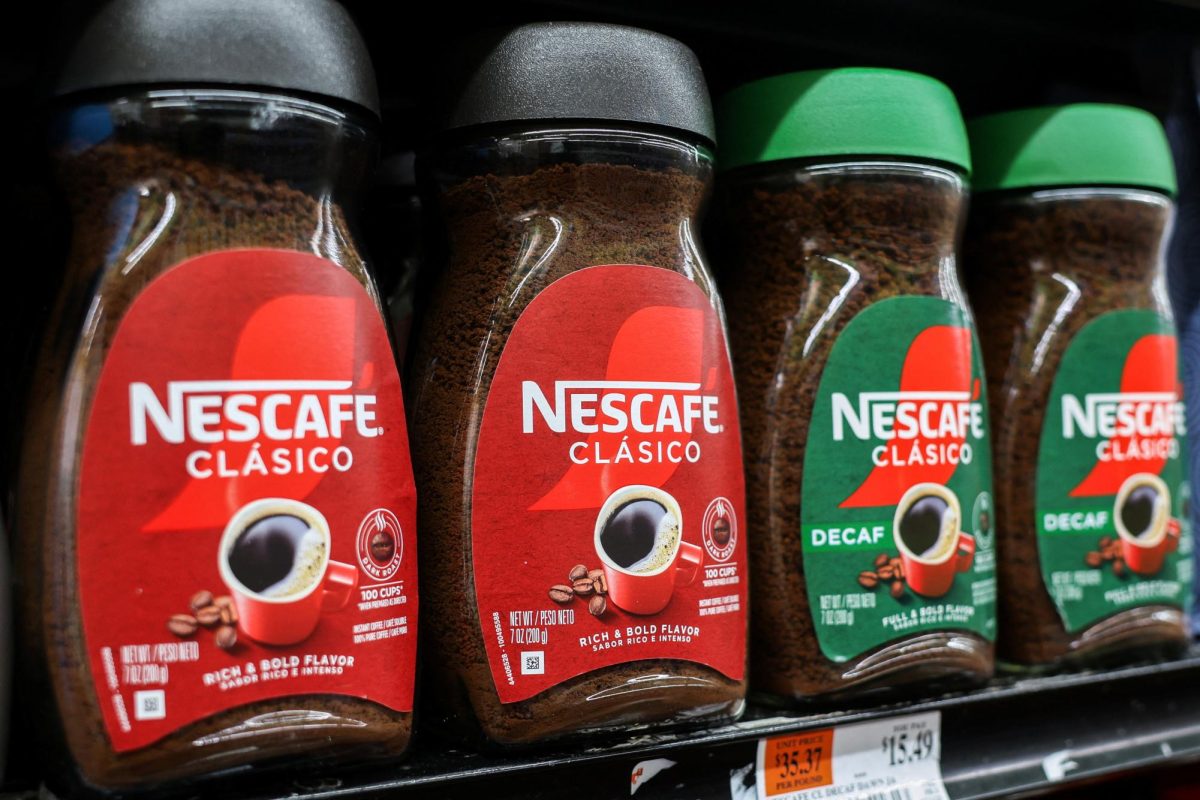From over-the-counter medicine to candy and vitamins, many name brand companies contain synthetic dye in their products.
According to the National Center for Biotechnology Information, 43.2 percent of food products in grocery stores contain artificial food coloring, or synthetic dye. The highest percent of AFCs are found in candy products, with 96.3 percent having synthetic dyes.
While most people believe only processed foods contain synthetic dye, it actually can be found in many other everyday items, including cosmetic items, skincare products, shampoos, cereals, strawberry-flavored milks, cake mixes, and most over-the-counter-medications.
According to a story in The New York Times, California has recently banned the use of six food dyes in school food: Blue No. 1, Blue No. 2, Green No. 3, Yellow No. 5, Yellow No. 6 and Red No. 40. NBC News reports that 20 states have introduced bills targeting food dyes.
A professor of psychiatry at Oregon Health and Science University, Joel Nigg, has done research that found a “small yet significant increase in hyperactivity” in children who ate food with synthetic dyes.
The Food and Drug Administration in January banned Red Dye No. 3. in food, “citing concerns that the common dye could cause cancer in rats”, another The New York Times article reported.
Back in 1990, The F.D.A. had banned Red Dye No. 3 in cosmetics, citing research that they can cause thyroid cancer in rats. But that dye was still allowed to be used in food until January.
Meanwhile, the FDA is also investigating the use of other synthetic chemicals in cosmetics.
According to a CNN report, exposure to these chemicals “has been linked to health effects including an increased risk of some cancers, obesity, high cholesterol, decreased fertility and developmental effects in children.”
The FDA said there have not been many studies on the use of these chemicals in cosmetics.
Most consumers are unaware of the amount of synthetic dye in the products they buy. While this is a serious issue in America, there are companies that do not permit the use of synthetic dye in their products, including Aldi, Trader Joe’s, and the Ultimate Baker.
Some natural dye alternatives are blueberries, purple cabbage, turmeric, paprika, beets, pomegranate juice, and more.
Overall, most consumers should be more attentive to the food and products they consume or use. Not everything promoted is for the consumers’ benefit. It is also about how much money the companies can make from the use of these chemicals.














